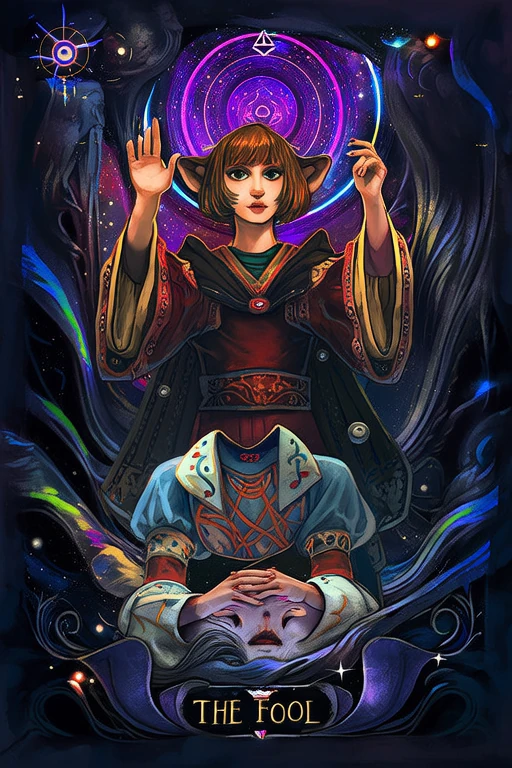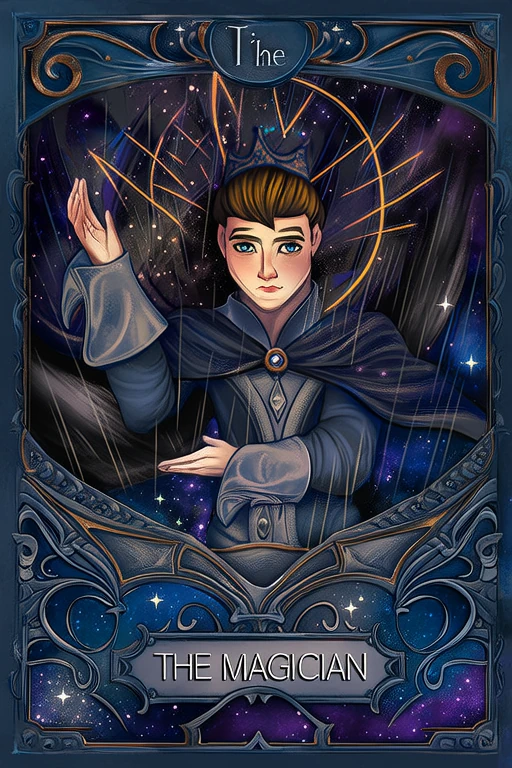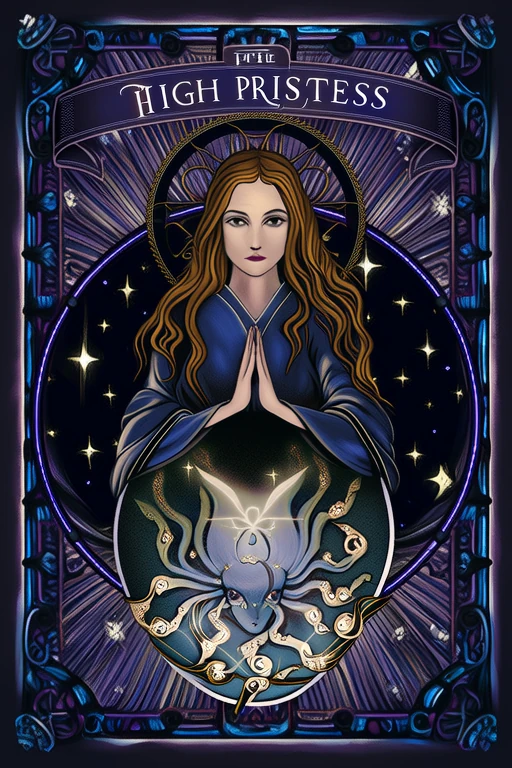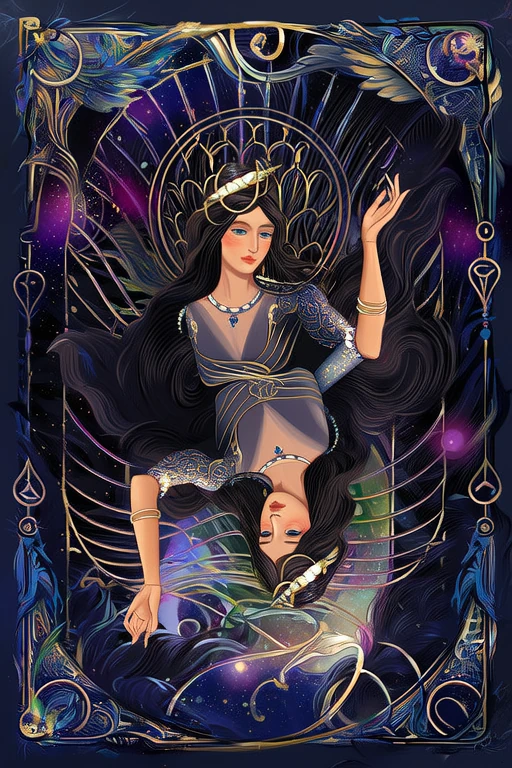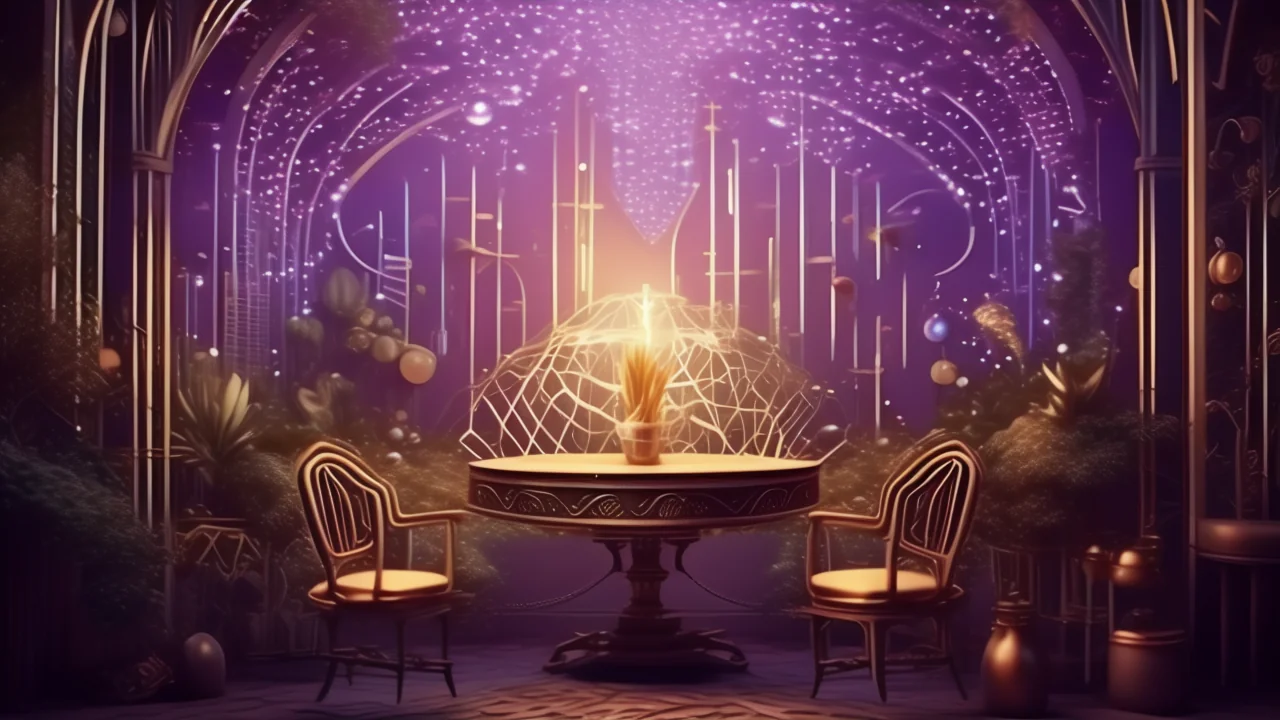
The Chariot
Discover the deep meaning of The Chariot with our free AI-powered tarot interpretation. Get instant, accurate readings based on advanced tarot knowledge.
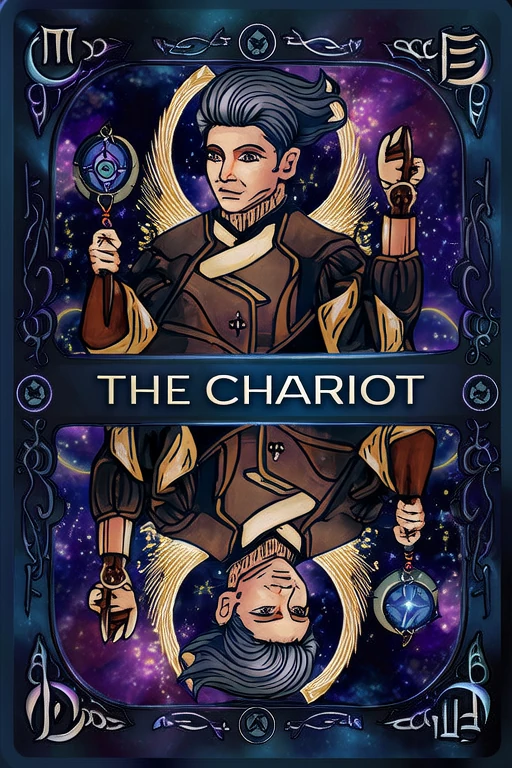
Keywords
Upright Meaning
Control, willpower, victory, assertion, determination
Reversed Meaning
Self-discipline, opposition, lack of direction
Full Interpretation
The Chariot represents willpower, determination, and triumph over obstacles.
In-Depth Analysis
📜 Historical Background
The Chariot (VII) is the seventh card in the Major Arcana of the tarot deck and holds a central place in both historical and symbolic interpretations of the tarot. Its origins trace back to early 15th-century Europe, particularly in Italy, where the first known tarot decks were created for aristocratic entertainment and later adopted for esoteric and mystical purposes. Originally known as 'Il Carro' in Italian and 'Le Chariot' in French, the card depicted a triumphant figure riding a chariot pulled by two horses or sphinxes, symbolizing control, determination, and victory over adversity.
In its earliest forms, The Chariot was influenced by classical mythology and Christian iconography. Some historians believe the card was inspired by ancient Roman triumphal processions, where victorious generals would ride through the streets in a chariot, celebrated by the people. Others link it to the biblical vision of the chariot of fire from the Book of Ezekiel or the chariots of divine beings in the Old Testament. The imagery also draws from Greco-Roman mythology, particularly the chariot of the sun god Helios or Apollo, who drove the sun across the sky, symbolizing mastery over the forces of nature.
Over time, the visual representation of The Chariot evolved significantly. In the traditional Marseille Tarot, the card features a winged figure holding a scepter and standing on a chariot drawn by two horses, often with a crescent moon above. The Rider-Waite-Smith deck, published in 1909 and widely used today, introduced a more detailed and symbolic version, with a robed figure holding a chariot with sphinx-like creatures and a star-studded cloak, symbolizing balance between opposing forces.
Throughout history, different tarot traditions have interpreted The Chariot in various ways. In the Hermetic tradition, it is associated with the Hebrew letter Cheth and the planet Cancer, symbolizing emotional strength and protection. In the Thoth Tarot, designed by Aleister Crowley and Lady Frieda Harris, the card is called 'The Chariot' and is linked to the sign of Cancer, emphasizing emotional control and spiritual willpower.
Culturally, The Chariot has been embraced as a symbol of triumph, leadership, and personal mastery. In some Eastern European traditions, it is seen as a harbinger of good fortune and success, while in Western esoteric schools, it represents the soul’s journey through the material world, guided by intuition and will. The card’s enduring presence across centuries and cultures underscores its universal appeal and deep psychological resonance.
Symbolism & Imagery
The Chariot is rich in symbolic meaning, with each element in its imagery contributing to a deeper understanding of its spiritual and psychological significance. At the center of the card stands a robed figure—often depicted as a young, victorious warrior—holding the reins of a chariot pulled by two opposing forces, traditionally represented as sphinxes or horses of contrasting colors. These dual beings symbolize the internal struggle between opposing aspects of the self—such as logic and emotion, conscious and unconscious, or light and shadow. The Chariot's rider must master these forces to move forward, representing the triumph of willpower, self-discipline, and determination.
The charioteer’s armor is often adorned with stars, symbolizing divine guidance and cosmic alignment. The crown or headpiece worn by the figure signifies spiritual authority and the integration of higher wisdom into practical life. The chariot itself, often decorated with astrological or mystical symbols, serves as a vehicle for transformation and ascension. The crescent moon above the figure, sometimes shown at the top of the card, represents intuition, psychic awareness, and the feminine principle that must be harmonized with the masculine will.
Colors also play a crucial role in interpreting The Chariot. Blue often symbolizes depth of thought and emotional stability, while red represents passion, energy, and action. Gold signifies spiritual enlightenment and success. The interplay of these colors reflects the balance between intellect, emotion, and spiritual purpose.
Across cultures, interpretations of The Chariot vary slightly. In Western esoteric traditions, it is closely linked to the idea of inner mastery and the ability to navigate life’s challenges with clarity and resolve. In some Eastern interpretations, it is seen as a symbol of dharma or righteous action, where the charioteer must follow a moral path to achieve victory.
When The Chariot appears upright in a reading, it typically signifies success, control, and forward momentum. It encourages the querent to trust in their ability to overcome obstacles through determination and focus. Reversed, however, it may indicate lack of direction, internal conflict, or loss of control. It can also suggest the need to reassess one’s goals or regain balance before proceeding.
The Chariot is also connected to other Major Arcana cards. It follows The Lovers (VI), suggesting that after making a choice or committing to a path, one must now take decisive action. It precedes Strength (VIII), indicating that inner fortitude and emotional control are essential for sustained success. Together, these cards form a progression of self-awareness, decision-making, and personal empowerment.
Psychological Insights
From a psychological perspective, The Chariot resonates deeply with Carl Jung’s concept of the individuation process—the integration of the conscious and unconscious aspects of the psyche. The card represents the conscious self (the charioteer) gaining mastery over the opposing forces of the unconscious (the two sphinxes or horses). This mirrors Jung’s idea of balancing the anima and animus, or the feminine and masculine energies within each individual, to achieve inner harmony and wholeness.
Modern life often demands that individuals navigate complex decisions, manage conflicting emotions, and maintain a sense of direction amid chaos. The Chariot serves as a powerful reminder that success is not solely determined by external circumstances but by one’s ability to remain focused, disciplined, and resilient. Whether in career planning, relationship dynamics, or personal goals, The Chariot encourages individuals to take control of their destiny and move forward with confidence.
In terms of personal growth, The Chariot signifies a stage of self-actualization where the individual has moved beyond self-doubt and indecision. It reflects the moment when one has gathered enough inner strength and clarity to pursue their ambitions with purpose. This card often appears when a person is on the verge of a breakthrough, urging them to trust their instincts and take decisive action.
Therapeutically, The Chariot is a valuable tool in counseling and self-help practices. It can be used to explore themes of personal agency, overcoming past traumas, and reclaiming one’s power. Counselors and life coaches may use this card to guide clients through decision-making processes, helping them identify internal conflicts and align their actions with their core values.
In modern spiritual practices, The Chariot is often invoked in meditations and rituals focused on manifestation, protection, and spiritual ascension. It is associated with the element of Water in some traditions, symbolizing emotional flow and intuitive guidance. Many practitioners use affirmations, visualizations, and tarot journaling techniques with The Chariot to reinforce a sense of direction and purpose in their spiritual journey.
Correspondences
The Chariot is astrologically associated with the zodiac sign Cancer, ruled by the Moon, which governs emotions, intuition, and the subconscious mind. This connection highlights the card’s emphasis on emotional mastery and inner guidance. The Moon’s influence brings a reflective and nurturing energy, reminding the seeker to balance logic with intuition and to trust their inner voice.
In terms of gemstones and crystals, The Chariot resonates with Moonstone, which enhances intuition and emotional balance, and Aquamarine, which promotes clarity and courage. These stones can be used in meditation or carried as talismans to support the qualities embodied by the card. Herbs such as lavender and chamomile, known for their calming and protective properties, are also aligned with The Chariot’s energy. Essential oils like sandalwood and eucalyptus can be used to promote mental clarity and spiritual focus.
The Chariot corresponds to the element of Water in some esoteric traditions, symbolizing emotional depth and psychic awareness. It is often linked to the season of summer, a time of growth, vitality, and movement forward. The card’s energy is best harnessed during the waxing moon, a time associated with manifestation and progress.
In terms of chakra alignment, The Chariot is connected to the Crown Chakra (Sahasrara) and the Third Eye Chakra (Ajna), both of which are centers of spiritual insight and higher consciousness. Balancing these chakras can enhance one’s sense of purpose and direction. Numerologically, the number 7—associated with The Chariot—represents introspection, wisdom, and the search for deeper meaning, reinforcing the card’s themes of inner mastery and spiritual journey.
❓ Frequently Asked Questions
One of the most common questions about The Chariot is whether it always signifies a literal victory or success. While The Chariot generally indicates forward motion and triumph, its meaning can vary depending on surrounding cards and the context of the reading. It often emphasizes the need for self-control, discipline, and persistence rather than guaranteed success without effort.
Beginners sometimes misinterpret The Chariot as a card of external control or manipulation. However, its true message is about internal mastery and aligning one’s will with higher purpose. It is not about dominating others but about mastering one’s own impulses and emotions.
For professional readers, The Chariot works well in spreads that explore personal development, career direction, and emotional balance. In a three-card spread, it can represent the action needed to move forward after a decision (past, present, future). In a Celtic Cross, it often indicates a need for determination or a turning point in the querent’s journey.
When The Chariot appears alongside cards like The Lovers, Strength, or The Sun, it reinforces themes of self-mastery and success. However, when paired with reversed cards like The Devil or The Tower, it may suggest that the querent needs to regain control over chaotic or addictive patterns before moving forward.
In different contexts—such as love, career, or health—The Chariot offers tailored advice. In love readings, it may indicate a relationship moving forward with mutual effort. In career readings, it suggests promotions or successful ventures. In health, it encourages proactive self-care and emotional resilience. Ultimately, The Chariot is a call to action, urging the querent to harness their willpower and steer their life in the desired direction.
